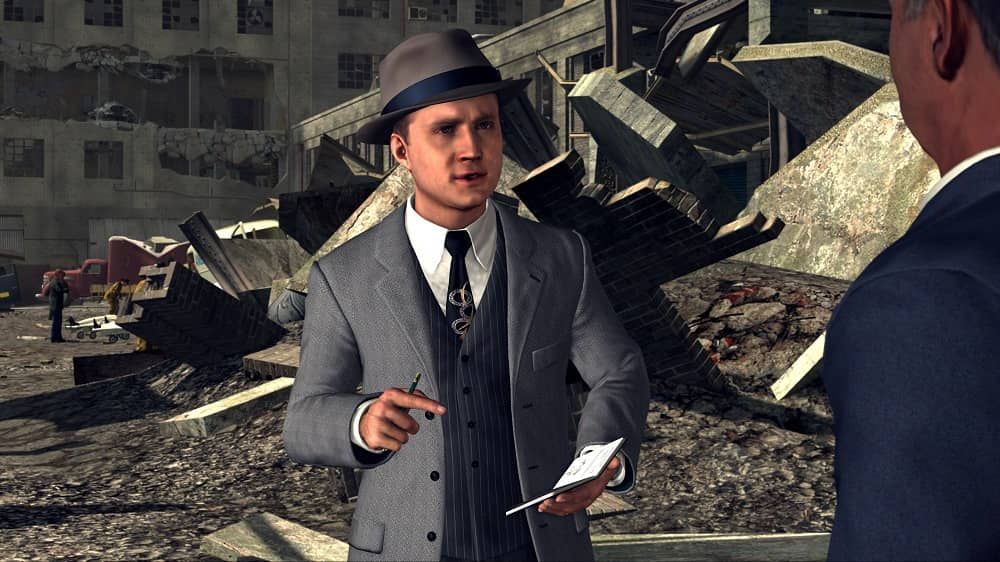
Film noir, a cinematic style that emerged in the 1940s and 1950s, has had a profound influence on numerous art forms, including the world of video games. This dark and mysterious genre, characterized by its atmospheric visuals, morally ambiguous characters, and a narrative driven by crime and the pursuit of justice, has seamlessly made its way into detective-themed video games. This article explores the ways in which film noir has shaped the gaming landscape, enhancing storytelling and creating immersive experiences.
The Visual Aesthetics
One of the most noticeable influences of film noir in detective-themed video games is the visual aesthetics. Film noir’s signature visual style often includes high contrast lighting, deep shadows, and low-key cinematography, which effectively create an atmosphere of suspense and intrigue. Many games in the detective genre emulate this aesthetic by employing similar lighting techniques, incorporating moody and gritty settings, and utilizing a restrained color palette to capture the essence of film noir.
Batman: Arkham City, for example, takes cues directly from film noir, presenting the player with a dark and brooding Gotham City, drenched in shadows and neon lights. The game’s environments, characters, and overall ambiance emulate the iconic visual style of classic film noir, further immersing players into its gritty world.
Morally Ambiguous Characters
One of the defining elements of film noir is its portrayal of morally ambiguous characters who operate in a morally gray world. These characters blur the line between protagonist and antagonist, resulting in complex and intriguing narratives. Detective-themed video games have effectively incorporated this aspect, placing players in the shoes of morally ambiguous protagonists who are tasked with uncovering the truth amidst a web of lies and deceit.
In L.A. Noire, players assume the role of detective Cole Phelps, a protagonist who is haunted by his own personal demons. As the game progresses, players must navigate through a series of challenging moral dilemmas, making decisions that both impact the storyline and shape Phelps’ character. This adds an extra layer of depth to the gameplay experience, mirroring the complexities seen in film noir narratives.
Storytelling and Narratives
Film noir is renowned for its intricate and captivating storytelling. Its plots, often filled with twisting and unpredictable turns, keep viewers engaged and guessing until the very end. Detective-themed video games have successfully embraced this aspect, providing players with compelling narratives that rival those of classic film noir.
One notable example is the game series, “Max Payne.” Drawing heavy inspiration from film noir, the game follows the titular character, Max Payne, a troubled ex-cop, as he unravels a conspiracy while battling his own personal demons. The game incorporates film noir’s quintessential elements of suspense, existentialism, and hard-boiled crime, creating an immersive experience that keeps players on the edge of their seats.
Conclusion
Film noir’s influence on detective-themed video games cannot be overstated. From the visual aesthetics to morally ambiguous characters and intricate storytelling, film noir has enhanced the gaming experience, immersing players in atmospheric worlds filled with mystery and suspense.
As technology continues to advance, the line between film and video games blurs further, allowing developers to create even more immersive experiences deeply rooted in the influence of film noir. With each new release, detective-themed video games continue to capture the essence of this iconic genre, ensuring its enduring legacy in the gaming industry.


